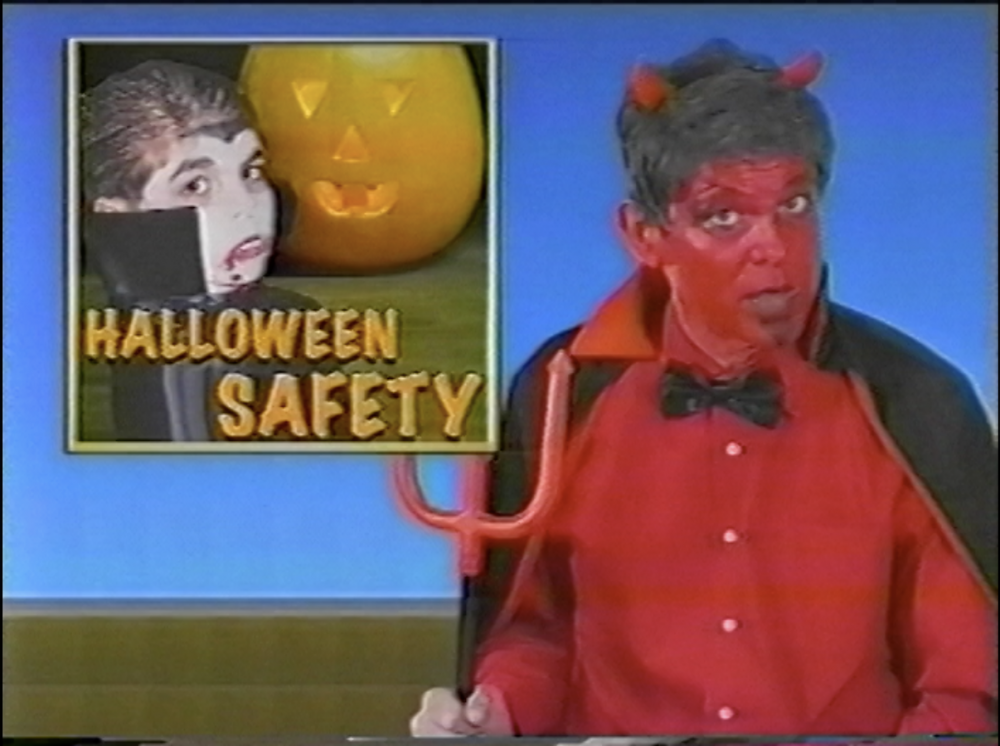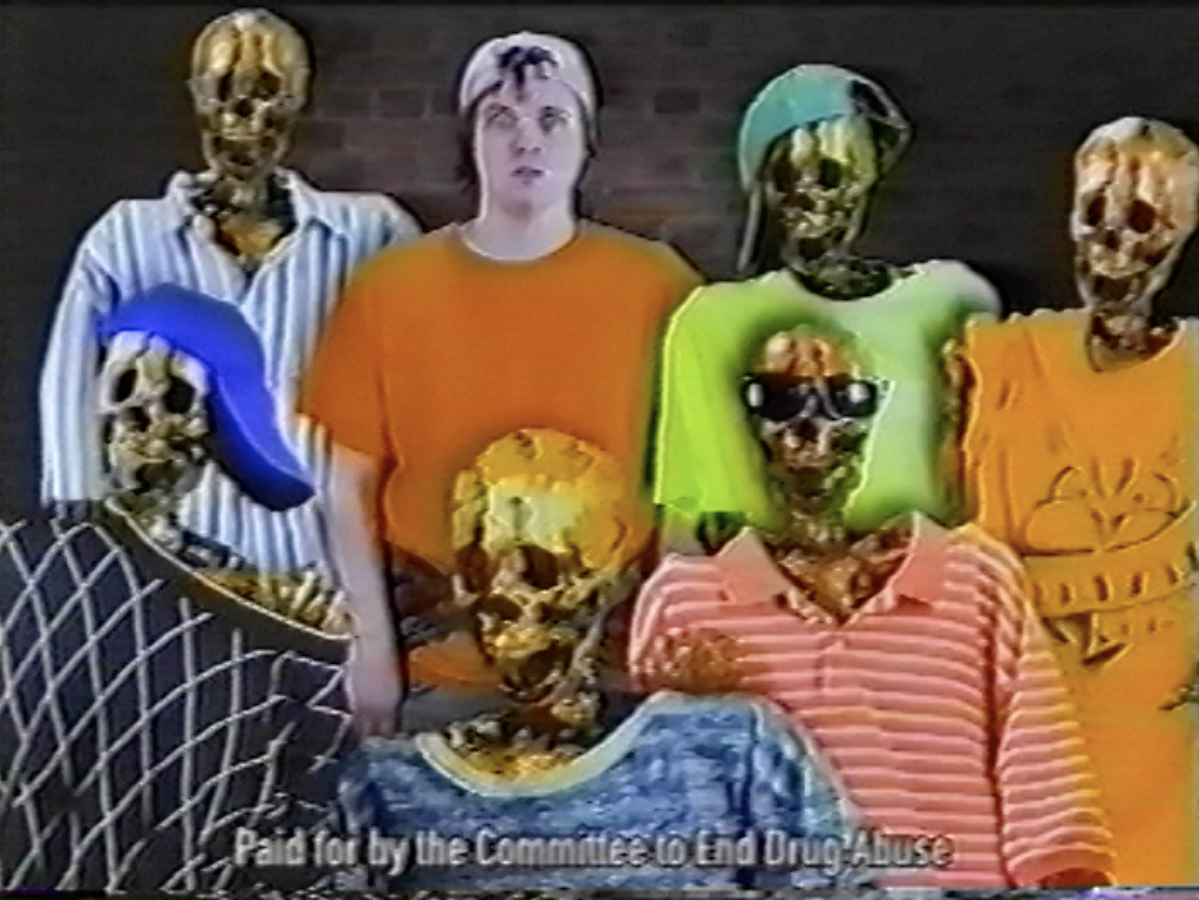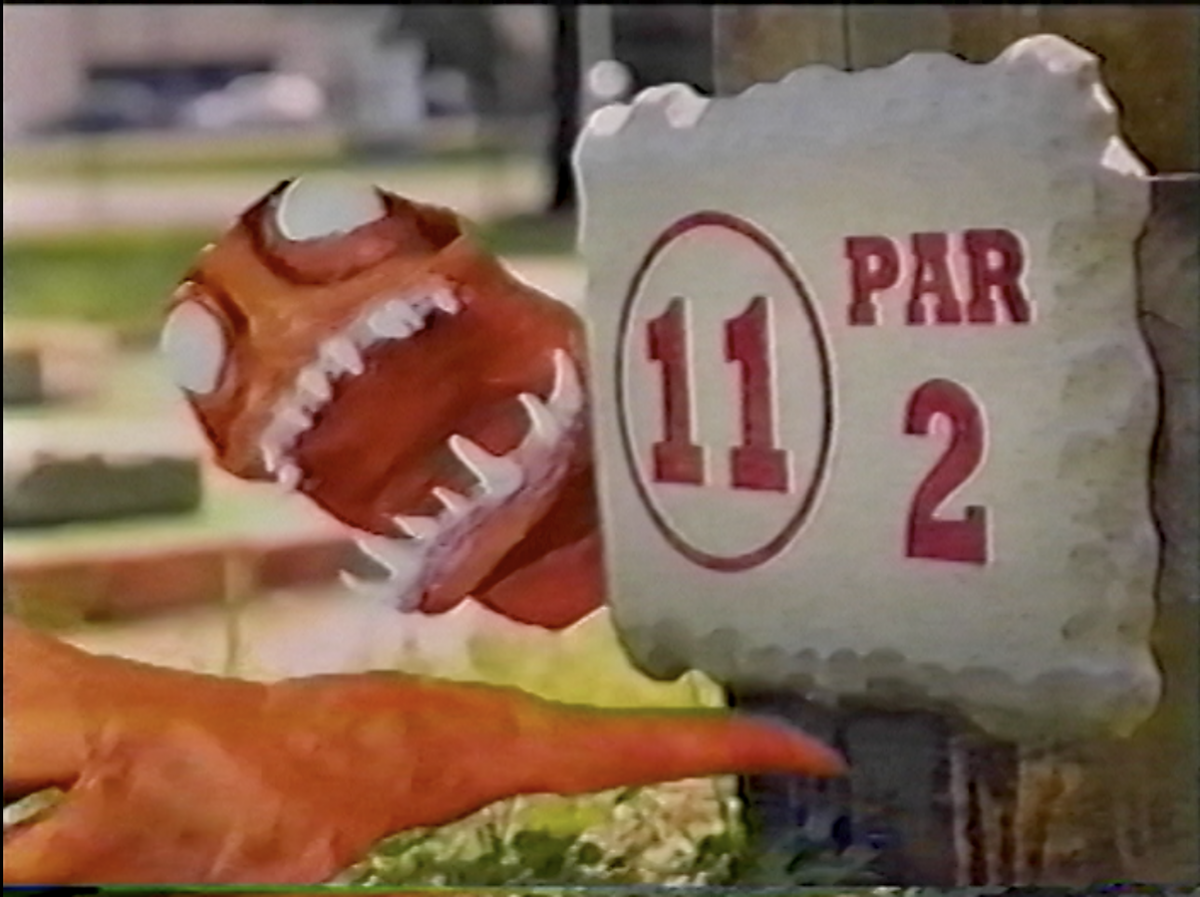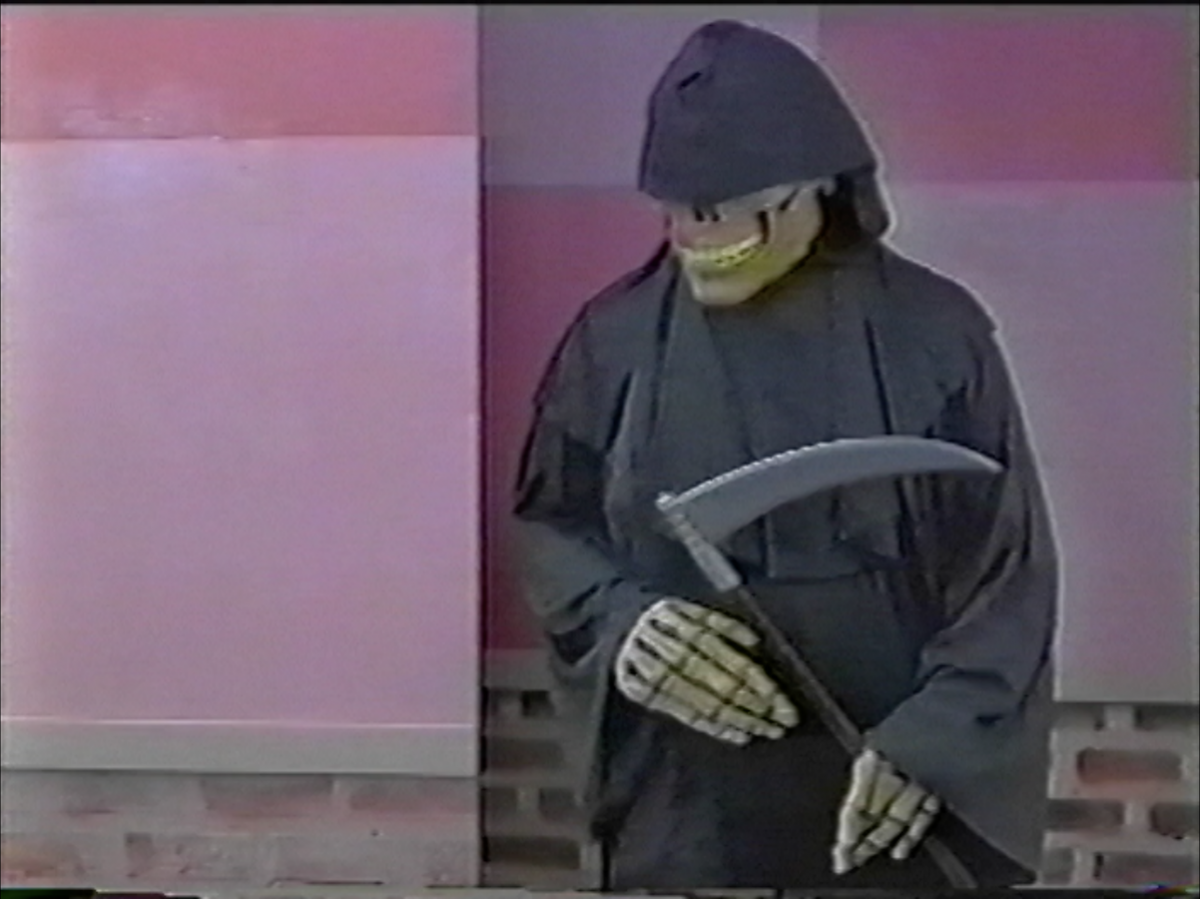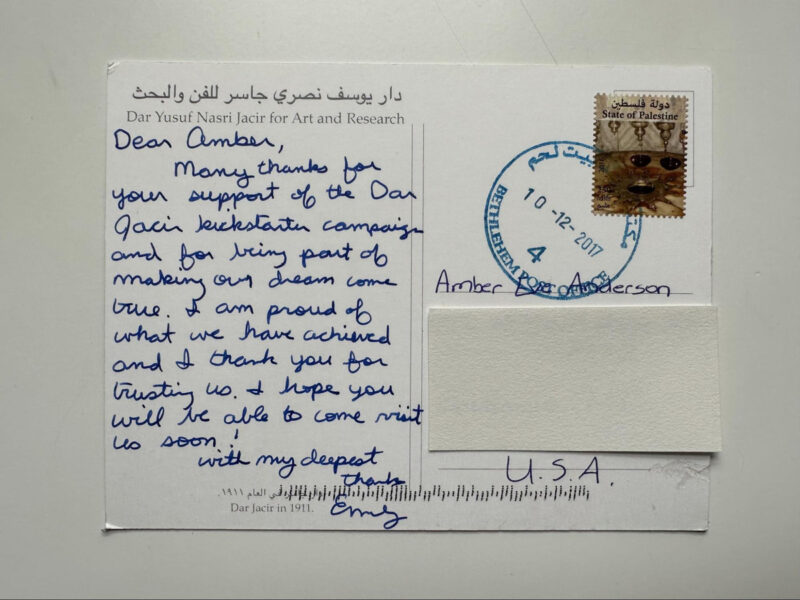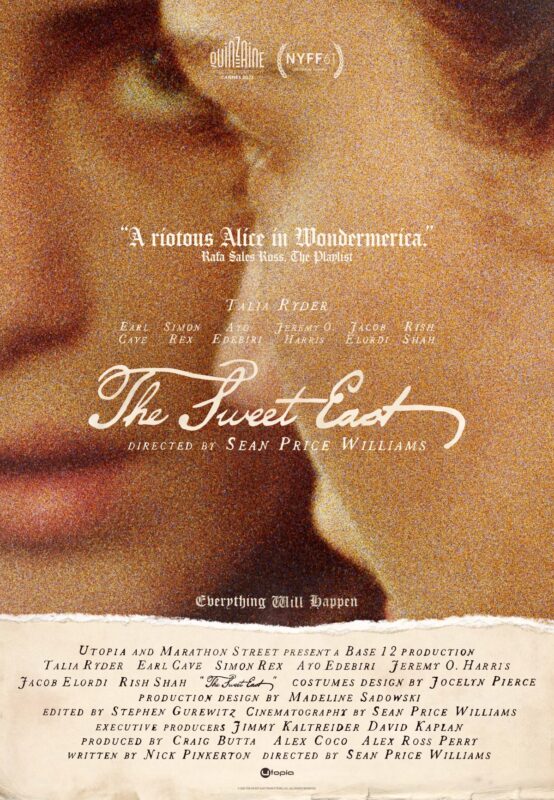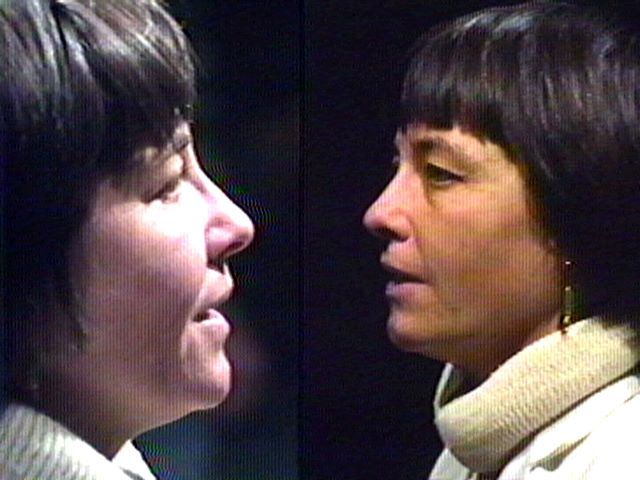Since the mid-aughts, Baltimore filmmaker Chris LaMartina has churned out a steady stream of wry, laugh-out-loud horror features and shorts, including Call Girl of Cthulhu and What Happens Next Will Scare You, that have earned a dedicated fan base not just in this city but across the country as well.
His most popular feature, WNUF Halloween Special (2013), scored international exposure thanks to a slot on the horror streaming platform Shudder, where it enjoys ongoing success as an annual Halloween go-to for its fans.
Part of the success of WNUF can be attributed to its detailed nostalgia for the VHS culture of the 1980s that sets the stage for the story arc. Set near Halloween 1987, WNUF is a slow-burning, haunted house horror presented as a hodgepodge of clips from local broadcast television news coverage. Framed by commercials and promotional stingers from the titular fictional television station, the narrative delves deep into the era’s satanic panic-fueled cultural obsessions.
LaMartina’s latest feature, Out There Halloween Mega Tape, which screens locally for the first time on August 20, serves as a sequel of sorts. This “found-footage” collection revisits the station WNUF in 1994 and 1996, bringing back a few characters but centering on a fall-from-grace arc of new character Ivy Sparks (played by Melissa LaMartina, Chris’ wife and creative collaborator), a peppy host who loses her talk show and finds herself doing Halloween news coverage of extremely local supernatural esoterica. She is a Scully seeking aliens sans Mulder.


